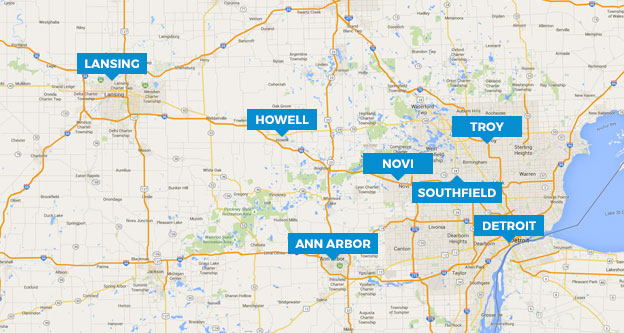Questions: Please clarify the “new” “fiscal cliff” income tax regulations regarding:
Taxes on capital gains and dividends will also rise to 20 percent. Is the rise progressive. i.e. only applies to unearned income over $500,000 ?
Taxes will also rise by five percentage points for large estates, over what amount ?
Married couples who earn $300,000 or more will face caps on itemized deductions and exemptions. Please clarify
Capital Gains and Dividends
There are two laws that effected tax rates on capital gains and dividends.
Under the 2012 Taxpayer Relief Act, the top rate for capital gains and dividends has increased from 15% to 20%. For taxpayers in the 25% tax bracket, capital gains and dividends are subject to a 0% rate. For taxpayers with income less than $400,000 or $450,000 married filing joint, capital gains and dividends are subject to a 15% rate. For taxpayers with income above $400,000 or $450,000 married filing joint, capital gains and dividends are subject to a 20% rate.
Then there is the new heath care law i.e. Obamacare. Under the new heath care law there is a 3.8% surtax on investment income if the taxpayers modified adjusted income (MAGI) is above $125,000 married filing separate, $200,000 single, or $250,000 married filing joint.
Depending on the taxpayers income, capital gains and dividends can be taxed at 0%, 15%, 18.8%, or 23.8%.
Personal Exemptions
There is a phaseout for personal exemptions. The starting threshold is $300,000 married filing joint, $275,000 head of household, $250,000 single, and $150,000 married filing separate. The personal exemption is reduced by 2% for each $2,500 above the starting thresholds.
For example, a single filer’s income is $300,000 and filed one exemption of $3,900. 300,000 – the 250,000 threshold is 50,000. 50,000 / 2,500 = 20. 20 * 2% = 40%. The taxpayer’s personal exemption will be reduced by 40% or $1,560. (3,900 * 40% = 1,560)
Itemized Deductions (Pease limitation on itemized deductions)
There is a limitation on itemized deductions. The starting threshold is $300,000 married filing joint, $275,000 head of household, $250,000 single, and $150,000 married filing separate. Itemized deductions are reduced by 3% of the amount above the starting thresholds. The reduction is not to exceed 80%.
Same example. A single filer’s income is $300,000 and has $30,000 of itemized deductions. 300,000 – the 250,000 threshold is 50,000. 50,000 * .03 = 1,500. The taxpayer’s itemized deductions will be reduced by $1,500.
Estate Tax
The exclusion amount was permanently set to $5,000,000 and indexed for inflation. The 2013 exclusion amount is $5,250,000. The maximum tax rate has increased to 40%.
IRS Circular 230 Disclosure: To the extent this writing contains advice on a federal tax issue, the advice is not intended to be used, and cannot be used, for the purpose of (i) avoiding penalties under the Internal Revenue Code, or (ii) promoting, marketing, or recommending to another party any transaction or matter addressed in this communication.





